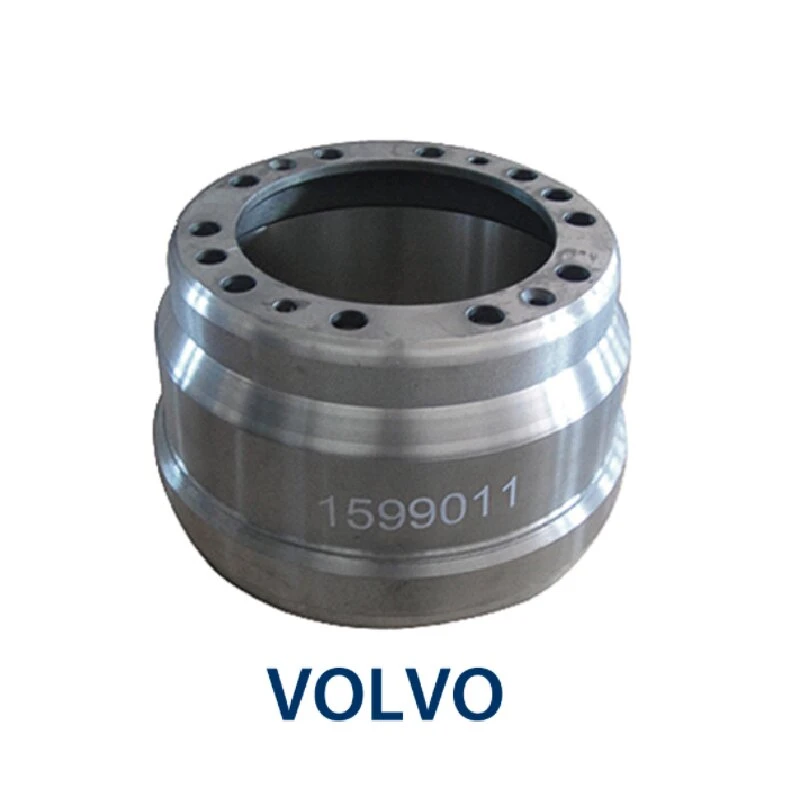דצמ . 11, 2024 09:44 Back to list
Effective Methods for Removing Stubborn Brake Drums Without Breaking a Sweat
How to Remove Stubborn Brake Drums A Step-by-Step Guide
Removing brake drums can sometimes be a frustrating task, especially when they seem stubbornly attached to the wheel hub. Whether you are doing routine maintenance or replacing your brake shoes, having the right approach and tools is essential. This guide will walk you through the process of removing stubborn brake drums, ensuring you do it efficiently and safely.
Tools and Materials Needed
Before you start, gather the following tools and materials - Brake drum puller (if necessary) - Hammer or rubber mallet - Screwdriver (flathead) - Lug wrench - Brake cleaner - Safety goggles - Gloves
Step-by-Step Procedure
1. Preparation and Safety First - Before you get started, ensure that you are parked on a level surface and that your car is in gear (or in 'Park' if it's an automatic). Always use wheel chocks or blocks to prevent the vehicle from rolling. - Wear safety goggles and gloves to protect yourself from brake dust and debris.
2. Loosen the Lug Nuts - Use a lug wrench to loosen the lug nuts on the wheel with the stubborn brake drum. Don't remove them completely yet; just break them loose while the wheel is still on the ground.
3. Lift the Vehicle - Once the lug nuts are loose, use a jack to lift the vehicle off the ground. Place jack stands under the vehicle for added safety. Never rely solely on a hydraulic jack.
4. Remove the Wheel - Now that the vehicle is secure, remove the lug nuts completely and take off the wheel to expose the brake drum.
5. Inspect the Brake Drum - Before attempting to remove the drum, inspect it for any visible retaining screws. Some drum assemblies may have screws that hold the drum in place. If you find any, use a screwdriver to remove them.
how to remove stubborn brake drums

6. Check for Rust and Corrosion - Sometimes, brake drums can become stubborn due to rust or corrosion. Using a rubber mallet, gently tap around the edge of the drum to break up any rust that may have formed between the drum and the hub.
7. Use a Brake Drum Puller (if necessary) - If the drum still won’t budge, a brake drum puller may be necessary. This tool attaches to the drum and applies even pressure to pull it away from the hub. Follow the manufacturer’s instructions carefully to avoid damage.
8. Applying Penetrating Oil - In cases where the drum is exceptionally stubborn, consider using a penetrating oil. Spray it on the hub where the drum contacts it and let it sit for about 15-20 minutes. This may help loosen any rust or corrosion.
9. Adopt the ‘Rocking’ Technique - If the drum remains stuck, the ‘rocking’ technique can be effective. Try gently rocking the drum back and forth while pulling it straight off. Be cautious not to use excessive force as this can cause damage.
10. Final Removal - After following the above techniques, the brake drum should come off. If it does, inspect the brake shoes and components for any wear or damage that may need attention.
11. Cleaning and Reassembly - Once the drum is removed, take the time to clean the hub and brake components using brake cleaner. This helps remove dust and debris, providing a clean surface for reassembly.
12. Reinstalling the Brake Drum - When you're ready to reassemble, make sure to align the drum correctly over the shoes and press it into place evenly. Reattach any screws you removed earlier.
13. Install the Wheel and Lower the Vehicle - Place the wheel back onto the hub, hand-tighten the lug nuts, and then lower the vehicle. Once it's on the ground, torque the lug nuts to the manufacturer’s specifications.
Conclusion
Removing stubborn brake drums can be a challenging task, but with the right approach and tools, it becomes manageable. Always prioritize safety and take your time to avoid damage to any components. If after several attempts the drum is still stuck, it may be wise to consult a professional mechanic. Regular maintenance will ensure your vehicle's braking system functions efficiently, keeping you safe on the road. Happy wrenching!
-
Volvo Brake Drum: OEM Quality, Optimal Safety
NewsAug.27,2025
-
Durable Brake Drum MAZ for Heavy Duty Trucks | High Performance
NewsAug.26,2025
-
FUWA: Premium Quality, Reliable Performance & Innovative Solutions
NewsAug.25,2025
-
Liza Brake Drum: Superior Quality & Performance for Safe Driving
NewsAug.24,2025
-
Iveco Brake Drum | Premium OE Quality for Daily & Eurocargo
NewsAug.22,2025
-
Your Brake Drum Man: Quality & Performance Parts
NewsAug.21,2025
